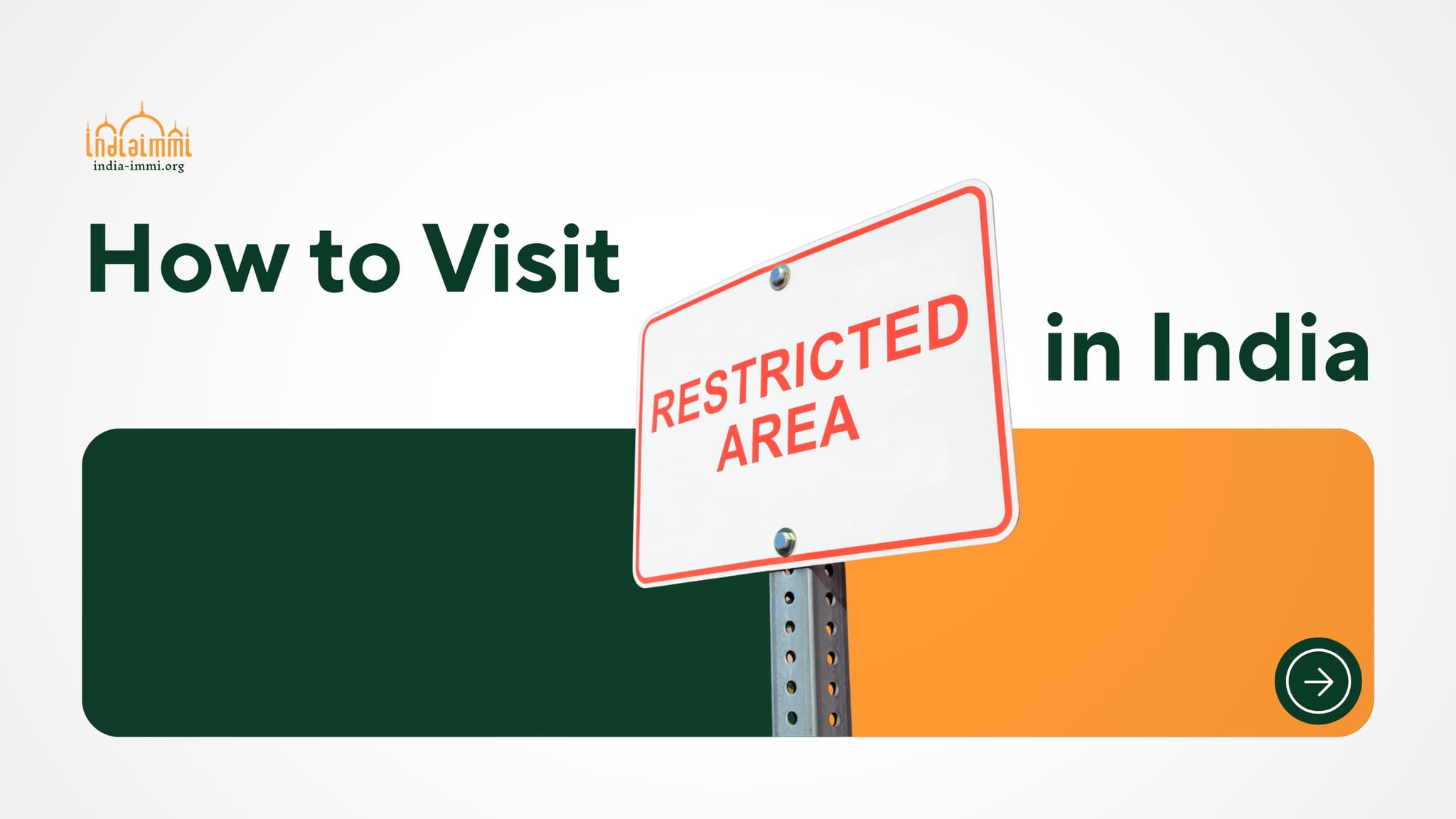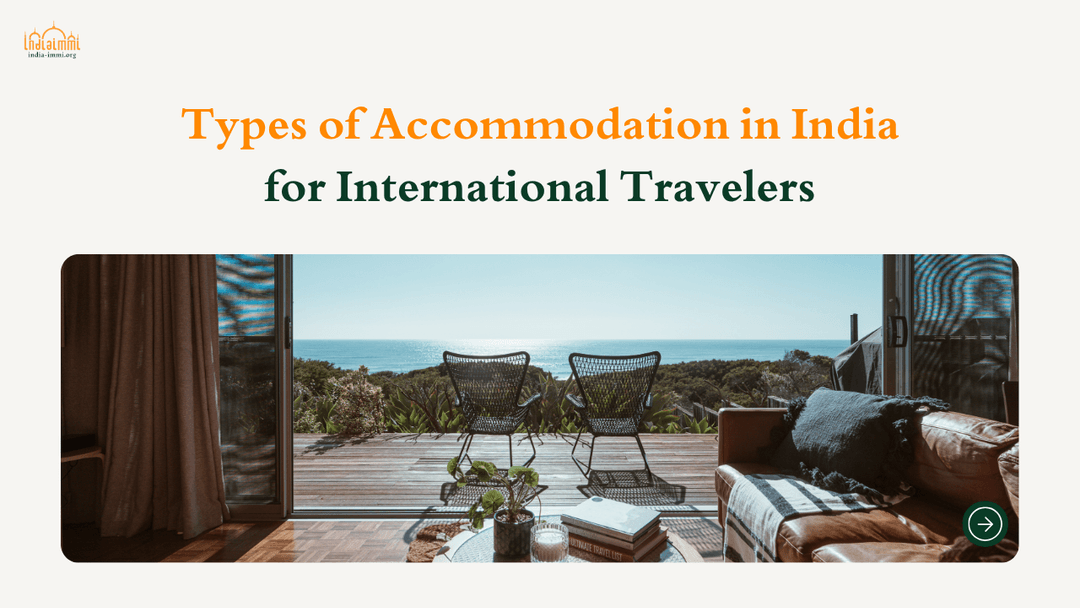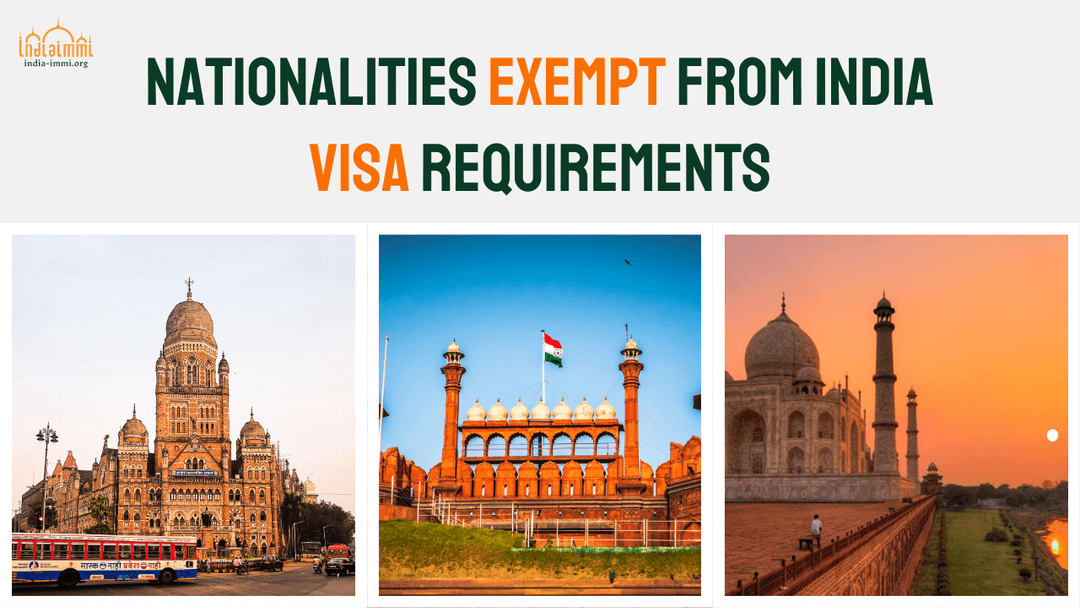When travelling in India, certain regions hold strategic, cultural, or security significance. Foreign nationals (except Bhutanese citizens) cannot freely access these places. To enter, visitors must obtain a special permit, which falls into two main categories.
1. Permits for Special Regions
Two official permits regulate entry to such territories:
-
Protected Area Permit (PAP): Required for sensitive border states and regions of strategic importance.
-
Restricted Area Permit (RAP): Required for certain islands and designated regions.
Protected Areas (PAP)
These typically cover border states or territories of strategic importance. Examples include:
-
Entire states: Arunachal Pradesh, Manipur, Mizoram, Nagaland
-
Sikkim (partially Protected, partially Restricted)
-
Specific regions in Himachal Pradesh, Jammu & Kashmir, Rajasthan, Uttarakhand
Rules for PAP:
-
Travel must usually be in a group of two or more, or via an authorised tour operator.
-
The permit is generally valid for 10 days, extendable by 7 days.
-
Movement is restricted to routes and places explicitly mentioned in the permit.
Restricted Areas (RAP)
These apply mainly to parts of the Andaman & Nicobar Islands and sections of Sikkim.
Unlike PAP, RAP may be issued to individuals. In some cases, such as Port Blair (Andaman), it can even be issued directly at the airport.
Image: Andaman & Nicobar Islands, a popular RAP-designated region. Source: Google Licensed.
2. Absolutely Prohibited Areas
Certain areas remain strictly off-limits, even with RAP or PAP. A prime example is North Sentinel Island, home to the Sentinelese tribe.
The Government of India enforces a strict exclusion zone of five nautical miles around the island to protect the community.
Image: The Sentinelese people. Source: Google.
3. How to Apply for RAP/PAP
-
Outside India: Apply at an Indian Embassy/Consulate at least 30 days before travel.
-
Within India: Apply at the FRRO (Foreigners Regional Registration Office) at least 15 days before the trip.
Important Notes:
-
RAP/PAP are not “universal passes.” Military areas, national parks, or certain islands may require additional permits.
-
Unauthorized entry without a valid permit is a violation of the Foreigners Act of India, and may result in fines, deportation, or future entry bans.
-
Note that the Indian eVisa facilitates convenient entry through major international airports such as Delhi, Mumbai, Bengaluru, or Chennai. However, the eVisa serves only as the initial step for entering India. If your journey extends to RAP or PAP regions, you must still apply separately for the relevant permit.
4. Summary Table
|
Region/State |
Permit Type |
Notes |
|
Arunachal Pradesh |
PAP |
Entire state under strict control |
|
Himachal Pradesh (parts) |
PAP |
Border regions only |
|
Jammu & Kashmir (parts) |
PAP |
Security-sensitive zones |
|
Manipur |
PAP |
Entire state, Myanmar border |
|
Mizoram |
PAP |
Entire state |
|
Nagaland |
PAP |
Entire state |
|
Rajasthan (parts) |
RAP |
Desert border areas near Pakistan |
|
Sikkim |
RAP/PAP |
Mixed zones: some open, others restricted |
|
Uttarakhand (parts) |
PAP |
Himalayan border with China |
|
Andaman & Nicobar Islands |
RAP |
Some islands fully prohibited |
5. Key Takeaways
-
Apply 30 days in advance abroad or 15 days in India.
-
RAP/PAP only cover specified areas; extra permits may still be needed.
-
Entering without a permit is a legal offence under Indian law.
By following these regulations, you can safely and lawfully discover India’s most unique and sensitive territories.












